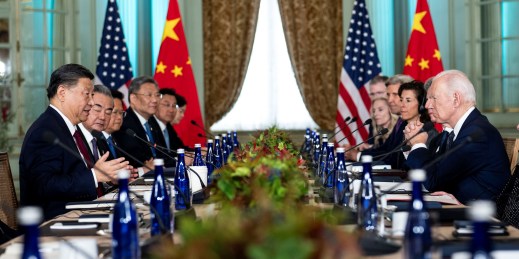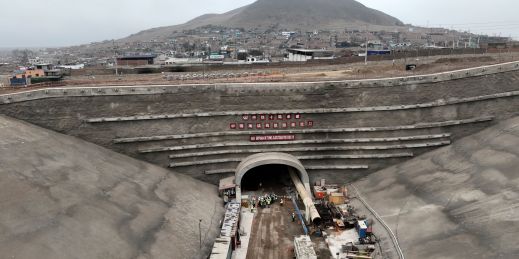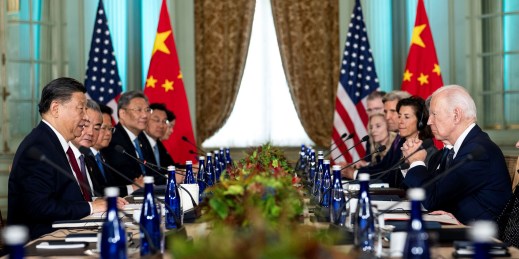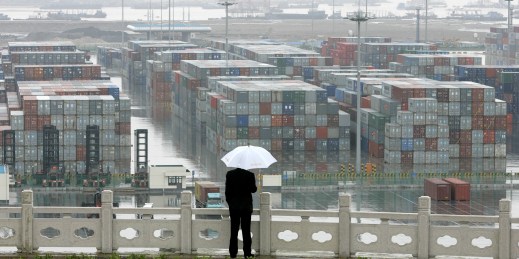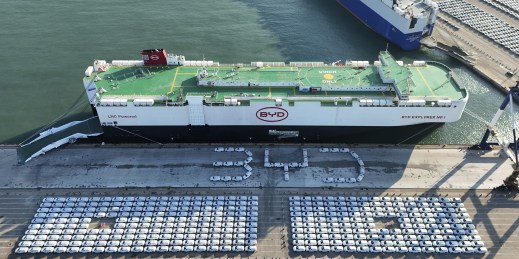
Last year, Chinese automaker BYD clinched a deal to take over Ford Motor’s factory in Bahia, Brazil, after Ford decided to withdraw from the Brazilian market. BYD is already the world’s largest producer of electric vehicles, and the move into Brazil is an effort to further consolidate its early conquest of EV markets in the Global South.

